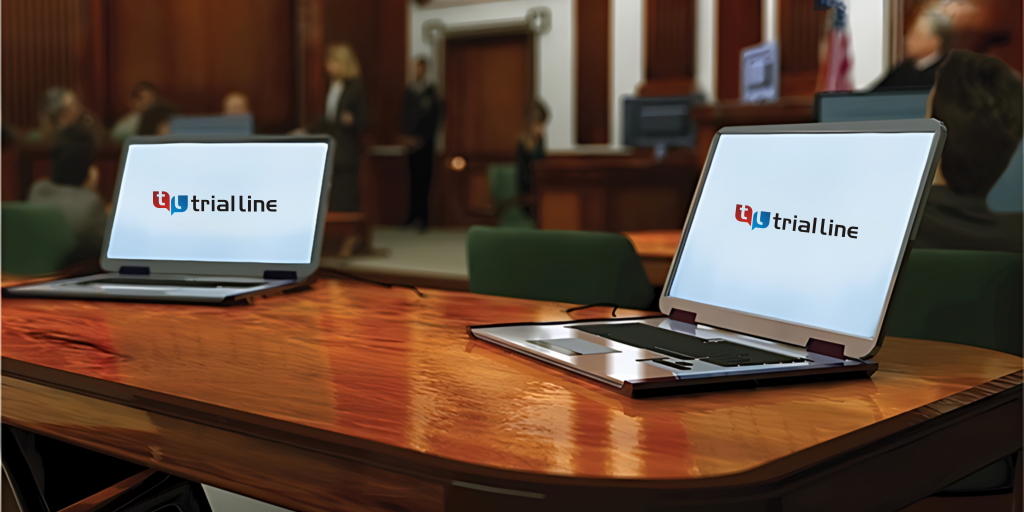How Trial Presentations Are Vital for Engaging the Jury and Judge's Attention
Enhancing Your Lawful Technique With Professional Trial Presentations
In today's legal landscape, the significance of specialist test presentations can not be overemphasized. As attorneys browse the intricacies of the court room, the ability to efficiently communicate complex debates is extremely important. By transforming thick lawful concepts right into interesting stories, practitioners can enhance juror comprehension and retention. Integrating multimedia devices and narration strategies can develop a compelling backdrop that not only informs but also resonates psychologically with jurors. However, the question continues to be: what details approaches can lawyers utilize to boost their presentations and ultimately influence test results?
Importance of Test Presentations
Trial presentations serve as a critical aspect in the legal procedure, effectively bridging the gap between complicated lawful arguments and juror comprehension. The capability to boil down detailed legal principles into available stories is vital for jurors, who need to make enlightened decisions based on the evidence presented. A well-crafted discussion not only makes clear the instance yet also boosts the persuasiveness of the debate, inevitably influencing the jury's assumption.
In an era where attention periods are limited, the significance of engaging visuals and clear interaction can not be overstated. Test presentations offer to catch jurors' rate of interest and keep their focus, allowing for a much deeper understanding of the facts and lawful concerns available. They offer an organized framework that arranges the case, promoting logical flow and coherence.

Trick Parts of Effective Presentations
An effective discussion in a court room setting joints on a number of essential components that jointly enhance its effect. Attorneys have to distill complicated lawful disagreements into concise, conveniently digestible factors to guarantee jurors grasp the core problems.
Visual help play a crucial role too, as they can considerably enhance essential messages. Effective use exhibitions, charts, and layouts can clear up detailed details and emphasize necessary facts. In addition, the speaker's delivery design is crucial; certain, interesting communication promotes reliability and preserves jurors' interest.
Finally, understanding the audience is extremely important. Tailoring the presentation to the jurors' backgrounds and worths can promote a connection that enhances receptivity to the argument. In recap, clearness, narrative structure, aesthetic aids, delivery design, and audience understanding are important to crafting a reliable courtroom presentation that resonates with jurors and supports the overarching legal technique.
Modern Technology in Test Presentations
Modern courtrooms significantly integrate modern technology to boost trial discussions, building on the fundamental components of effective interaction established via clear messaging and interesting narratives. The incorporation of audio-visual help, such as high-definition projectors and interactive display screens, enables lawful teams to existing proof in a much more engaging fashion. This modern technology not only catches the court's interest but likewise helps with a far better understanding of intricate information.

Digital devices, consisting of discussion software application and digital display administration systems, streamline the company and retrieval of proof (trial presentations). Lawyers can rapidly reference papers, pictures, and video clips, making sure that essential information is easily obtainable throughout the test. Additionally, making use of animations continue reading this and simulations can strongly illustrate crucial ideas, making them easier for jurors to grasp
Additionally, court room modern technology promotes partnership among lawyers, allowing real-time changes to presentations based upon jury responses or unforeseen growths. The ability to adapt on the fly is critical in preserving interaction and reinforcing disagreements. As technology remains to advance, its function in trial presentations will unquestionably broaden, offering innovative ways to connect effectively and persuasively in the search of justice.
Narration Methods for Effect
Effective narration strategies are vital in providing impactful trial discussions, as they change complicated legal debates right into relatable narratives. A well-crafted story astounds the target market, making it simpler for jurors to understand and bear in mind crucial points.
To create an engaging narrative, lawyers must focus on establishing a clear framework with a beginning, middle, and end. The start ought to present the situation context and its importance, while the center elaborates on the core problems, weaving forthcoming and witness testaments that support the debate. Effectively, the ending need to strengthen the intended message, driving home the wanted outcome.
Additionally, integrating psychological elements can dramatically enhance the story's influence. By humanizing the case, lawyers can stimulate empathy, enabling jurors to attach directly with the facts provided. Making use of vibrant images and anecdotes can also help in highlighting complex styles, making them a lot more substantial and memorable.

Tips for Application in Court
Implementing narration techniques in court needs careful preparation and execution to make sure that the narrative resonates with jurors. Begin by identifying the core message of your situation and straightening it with the emotional and accurate components that will involve the court. Create a clear and engaging narrative arc that consists of an introduction, a growth of dispute, and a resolution.
Utilize visual aids to improve storytelling; exhibitions, timelines, and multimedia his explanation presentations can assist illustrate intricate concepts and keep juror interest. Exercise your delivery, making sure that body language, tone, and pacing follow the psychological weight of your story.

Conclusion
To conclude, professional test presentations play an essential role in boosting legal approaches by efficiently connecting complicated debates to jurors. The integration of aesthetic aids, clear stories, and psychological storytelling cultivates juror engagement and understanding. By leveraging technology and adhering to vital components of effective discussions, attorneys can dramatically enhance the probability of achieving positive verdicts. The implementation of these methods is essential for modern-day test advocacy, eventually forming the end result of lawful proceedings - trial presentations.